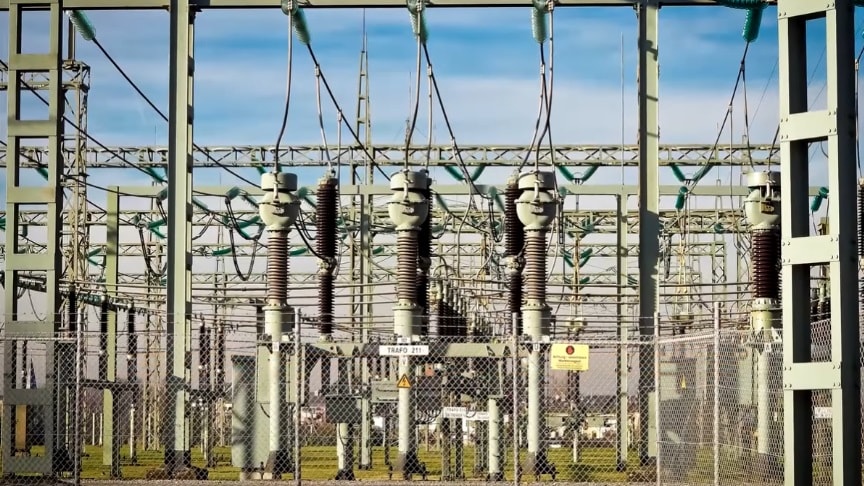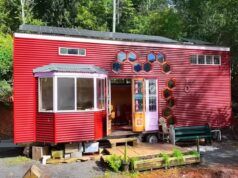A substation is an electrical system with high-voltage capacity and can be used to control the apparatus, generators, electrical circuits.Untangling the various equipment you might see in an electrical substation.In many ways, the grid is a one-size-fits-all system – a gigantic machine to which we all connect spinning in perfect synchrony across, in some cases, an entire continent.
source/image(PrtSc): Practical Engineering
On the other hand, our electricity needs, including when we need it, how much we need, and how reliably it should be delivered vary widely. Substations play a critical role in controlling and protecting the power grid.Watch the video from Practical Engineering for morei info:
The Electricity has to be transmitted over large distances where the power is being generated and the place where it is consumed. The electricity is transmitted at very high voltages and low currents to reduce the heat, eddy currents, and other transmission losses.
Advertisement
The substations are where the voltages are increased to high values by using step up transformers, and after the transmission, they are again stepped down for distribution. A substation may include transformers to change voltage levels between high transmission voltages and lower distribution voltages, or at the interconnection of two different transmission voltages, they also have a variety of protective devices like circuit breakers and fuses are present to protect the distribution networks.











